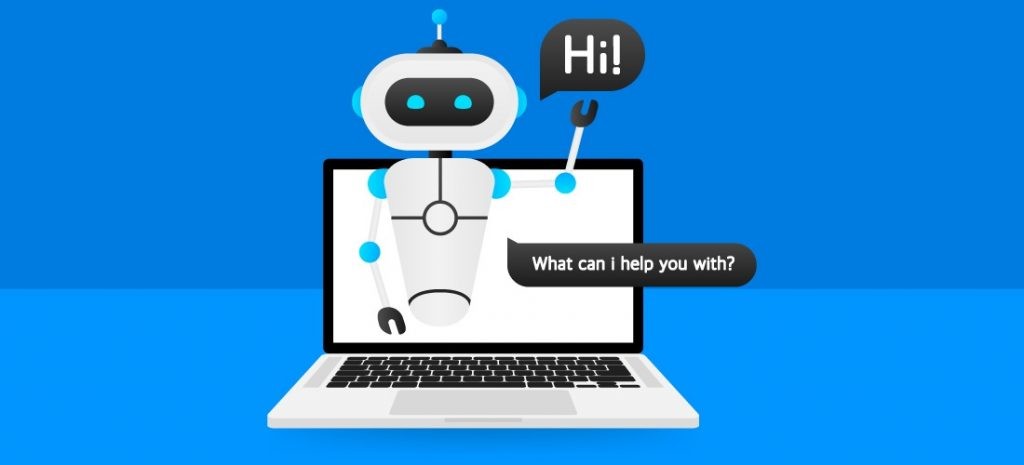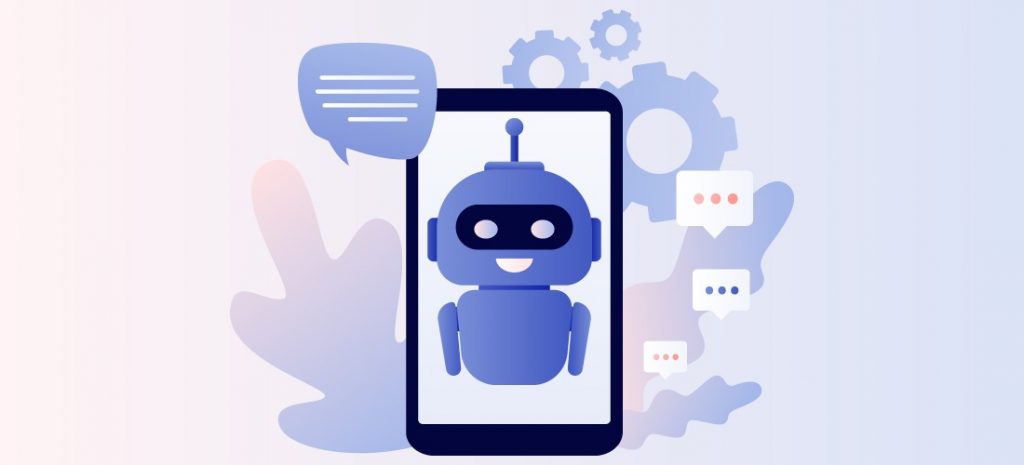Chatbot vs Search Engine: One of the most beneficial aspects of the internet is the simplicity with which you can obtain solutions to practically any question.
The world wide web has improved the capacity of information searchers, company owners, and consumers to communicate information freely and quickly since its inception in 1989.
As a result of technological advancements and big data, there are now systems that filter and classify content, allowing consumers to avoid going through all websites.
They may instead discover all they need on a single search engine page.

With today’s technological advancements and the widespread use of Alexa, Google Home, and Siri, it’s all about personalizing the results.
Chatbots are the next wave of technology geared to assist people in finding what they’re searching for.
Let’s look at the distinctions between classic search engines and emerging chatbot technologies that transform how we discover information.
Search Engines and Chatbots: What’s Chatbot and Search Engine Difference?
Search engines have short-term memory while giving results; however, chatbots might have persistent, long-term memory and job execution.
Chatbots benefit from delivering customized and more accurate results based on long-term interactions.
At the same time, search engines can only provide an essential degree of personalization based on previous queries.
Search Engines and Chatbots Can Help Solve Issues – Chatbot vs Search Engine
When knowledge is dispersed over the internet, in technical documentation repositories, CRM databases, data warehouses, and other project materials, there must be a simple method to expose it without the user struggling for it.
Chatbots may assist with information discoverability as creative ways to help handle information-seeking issues and take job automation to the next level using chatbots.
Some enhancements can be done in both technologies to provide better solutions for more complicated situations.
Still, the resource requirement to train knowledge graphs to assist users in engaging with these diverse information sources is frequently overlooked.
Search Engines
Search engines provide millions of results depending on a user’s input of a term or phrase.
A web crawler (also known as a search engine bot) indexes material by crawling the internet.
Based on sophisticated algorithms that index the information, this item appears on a search engine results page (SERP) with a page that contains further connections to related content.
After a search query has been entered, the user must pick from the SERP results to receive the information they need from the user’s viewpoint.
Search engines use this click-through rate to discover how to improve the algorithm in the future so that more relevant answers appear at the top of the results.
Search engines can deduce the purpose of a user’s search and, in some instances, the deeper levels of contextual meaning.
Furthermore, search engines have improved their ability to provide featured snippets.
That comprise diverse media formats such as video and information cards, allowing consumers to stay on the search page without reading more.
Ranking online content for search engines is significant because it allows a company or content producer to reach their desired audience.
To have your material effectively indexed, you must make sure it is practical, authoritative, and niched to the audience you want to reach.
What Are Chatbots and How Do They Work?

Chatbots are a new technology that uses natural language, audio, video, and media processing to mimic human discussions.
These technologies are a subset of artificial intelligence approaches that use neural networks to improve information delivery by adding a layer of contextual awareness.
Chatbots may provide information to users, but they can also do tasks. Chatbots may learn a user’s behaviors as they use them more, delivering a better experience for consumers and enterprises.
Chatbots are employed in consumer and corporate engagements, delivering a better user experience and increased productivity and efficiency in company discussions.
Chatbots were first presented to assist customer support operations in optimizing procedures.
The capacity to concentrate on a micro-task for a customer and finish it without dealing with a person is a seamless contact.
That improves productivity, customer experiences, and engagement without the need for an employee.
The primary benefit is the capacity to tailor a conversation and provide more accurate results.
Chatbots are an excellent method for businesses to collect data from their consumers, increase their sales or service message quality, and utilize conversion-friendly copywriting language.
When you use good conversational design techniques with your chatbot, you can be confident that it will respond to any queries it may have.
Is it possible for search engines and chatbots to work together?
Users may discover what they need more quickly and effectively by combining intelligent search and chatbot platforms to deliver a better information circulation environment.
Searching using a chat interface has gained appeal in various sectors because it gives more customized material suited to individual tastes and concerns.
Home automation, linked products and wearables, intelligent automobiles, and the Internet of Things are only the beginning of a technological revolution that uses both search and conversation.
While SERP results may direct target audiences to content, a chatbot can assist further focus the audience’s requirements and desires while also offering the outcomes they want.
Customers may benefit from a seamless user experience by combining search engines with chatbots.
For businesses aiming to increase customer engagement via content marketing, search engines can help your target audience discover you.
In contrast, chatbots can help segment your audience to identify better the material they desire throughout the customer journey.
Chatbots and the Future of Search

There has been a modest change in the current generation of users who have accepted chatbots and messaging platforms, giving these technologies additional information and insight to improve.
The capacity to construct a quality chatbot that is viable and transcends across various platforms to answer queries on a broad range of knowledge bases effectively and efficiently will be the most critical step of converting consumers from search to chatbots.
Comparison of Chatbots and Search Engines in Context – Chatbot vs Search Engine
Chatbots have gone a long way and combine natural language processing and machine learning to give content seekers the answers they want.
Chatbots may help organizations enhance customer happiness while lowering support costs and generating revenue, but only if technology progresses to the point where it can spread across various areas.
Read More: How Are Chatbots Changing The Automobile Industry








